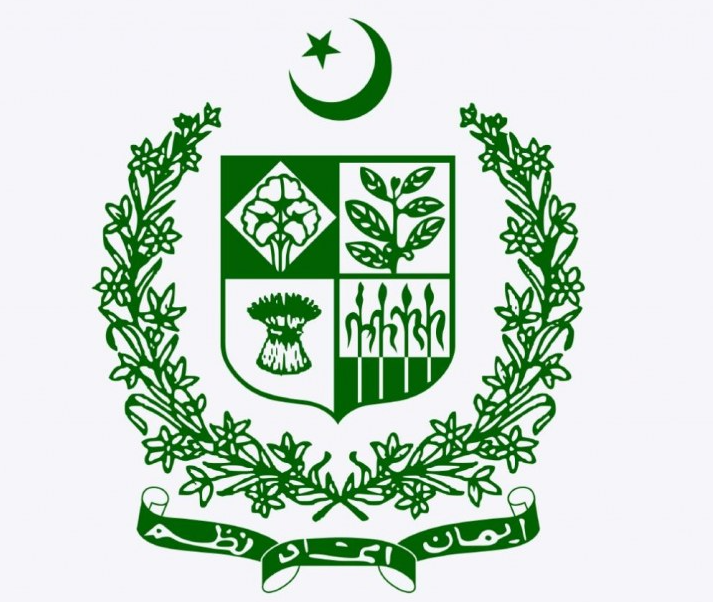Burkina Faso, a landlocked country in West Africa, is known for its rich cultural heritage and historical significance. Burkina Faso National Emblem is one of the most important symbols representing the nation. This article aims to provide a detailed insight into the national emblem, its significance, and the cultural importance it holds for the people of Burkina Faso.
The national emblem of Burkina Faso holds great importance as it represents the values, aspirations, and history of the nation. It is a visual representation of the country’s identity and serves as a unifying symbol for its citizens. The emblem embodies the pride, resilience, and progress of Burkina Faso.
Historical Background of Burkina Faso National Emblem
The Burkina Faso National Emblem has its roots in the country’s struggle for independence from French colonial rule. After gaining independence on August 5, 1960, the newly formed government sought to establish a distinct national identity. The creation of a national emblem was an essential step towards achieving this goal.
Description of Burkina Faso National Emblem
The Burkina Faso National Emblem consists of a coat of arms supported by two stallions. The coat of arms is encircled by a wreath of leaves, and above it is a five-pointed star. The emblem showcases various elements that hold symbolic significance for Burkina Faso.
The Coat of Arms
The coat of arms at the center of the emblem features a shield divided into three parts. The upper section portrays the rising sun, representing hope and the dawn of a new era. The middle section displays a crossbow and a spear, symbolizing the defense of the nation and its sovereignty. The lower section represents the agricultural wealth of Burkina Faso, with a sheaf of millet and cotton plants.
Elements of the Emblem
Surrounding the coat of arms are two stallions, each facing outward. These stallions signify courage, strength, and the spirit of the Burkinabe people. The wreath of leaves, composed of sorghum, represents abundance and prosperity.
Symbolism of Burkina Faso National Emblem
The Burkina Faso National Emblem incorporates various symbols that hold deep meaning for the nation and its people.
Meaning of Colors
The colors used in the national emblem have symbolic significance. The red color represents the revolutionary struggle for independence, while the green color symbolizes hope and fertility. The yellow color represents the country’s wealth and the sun’s radiance, and the white color signifies purity and peace.
Significance of the Star
The five-pointed star atop the emblem represents the guiding principles of the revolution that led to Burkina Faso’s independence. It symbolizes the country’s commitment to freedom, justice, progress, solidarity, and peace.
Representation of the National Motto
The national motto of Burkina Faso, “Unité, Progrès, Justice” (Unity, Progress, Justice), is inscribed at the bottom of the coat of arms. This motto reflects the values and aspirations of the Burkinabe people, emphasizing the importance of unity, progress, and justice in building a prosperous nation.
Evolution of the Burkina Faso National Emblem
The Burkina Faso National Emblem has undergone slight modifications over the years. The initial design was created shortly after independence, with subsequent adjustments made to refine its representation of the nation’s ideals and values. The current form of the emblem, adopted in 1997, is widely recognized and celebrated.
Importance and Recognition of the National Emblem
The Burkina Faso National Emblem holds significant importance and recognition within the country and abroad. It is prominently displayed on official documents, government buildings, and national monuments. The emblem is a visual representation of Burkina Faso’s sovereignty, independence, and national pride.
Significance of the Burkina Faso National Emblem
The national emblem is deeply ingrained in the culture and identity of Burkina Faso. It serves as a unifying symbol, fostering a sense of belonging and patriotism among the Burkinabe people. The emblem is often incorporated into traditional ceremonies, cultural events, and artistic expressions, showcasing its cultural significance.
Protection and Usage of the National Emblem
The Burkina Faso National Emblem is protected by law to prevent its unauthorized use or alteration. It is a symbol of national pride and must be treated with respect and dignity. The government of Burkina Faso ensures the proper usage and representation of the national emblem to preserve its integrity.
FAQs (Frequently Asked Questions)
1. What is the significance of the two stallions in the Burkina Faso National Emblem?
The two stallions symbolize courage, strength, and the spirit of the Burkinabe people.
2. When was the current form of the Burkina Faso National Emblem adopted?
The current form of the emblem was adopted in 1997.
3. What do the colors in the national emblem represent?
The red color represents the revolutionary struggle for independence, green symbolizes hope and fertility, yellow represents wealth, and white signifies purity and peace.
4. How is the national emblem used in Burkina Faso’s culture?
The national emblem is incorporated into traditional ceremonies, cultural events, and artistic expressions, reflecting its cultural significance.
5. Is the usage of the national emblem protected by law?
Yes, the national emblem is protected by law to ensure its proper usage and prevent unauthorized alteration.
Conclusion
The Burkina Faso National Emblem stands as a powerful symbol representing the nation’s identity, history, and aspirations. With its rich symbolism, the emblem embodies the values of freedom, unity, progress, and justice that Burkina Faso holds dear. It serves as a unifying force for the Burkinabe people, instilling a sense of pride and belonging. The national emblem is a testament to the resilience and progress of Burkina Faso as it continues to shape its future.
References
- [1] “Burkina Faso: National emblems and flags,” CIA World Factbook, [Online]. Available: https://www.cia.gov/the-world-factbook/countries/burkina-faso/.
- [2] “Burkina Faso: National Symbols,” Embassy of Burkina Faso in Washington, D.C., [Online]. Available: http://www.burkinaembassy-usa.org/national-symbols/.
- [3] “Symbols of Burkina Faso,” National Agency of Information and Communication (ANIC), Burkina Faso, [Online]. Available: https://www.anptic.gov.bf/les-symboles-du-burkina-faso/.

